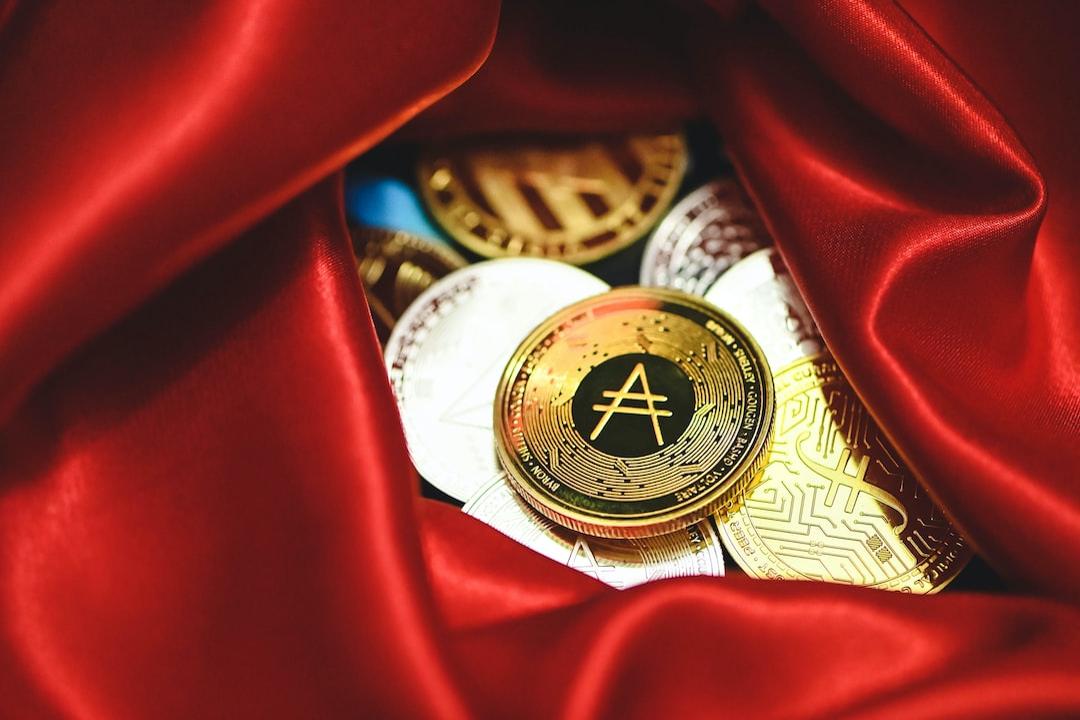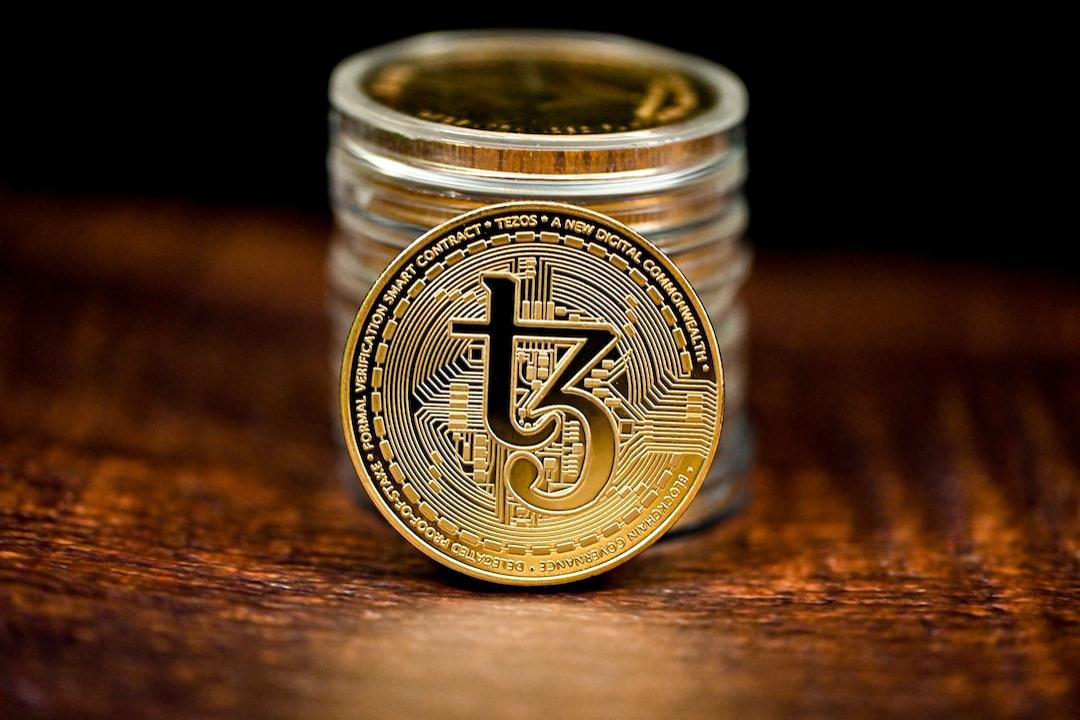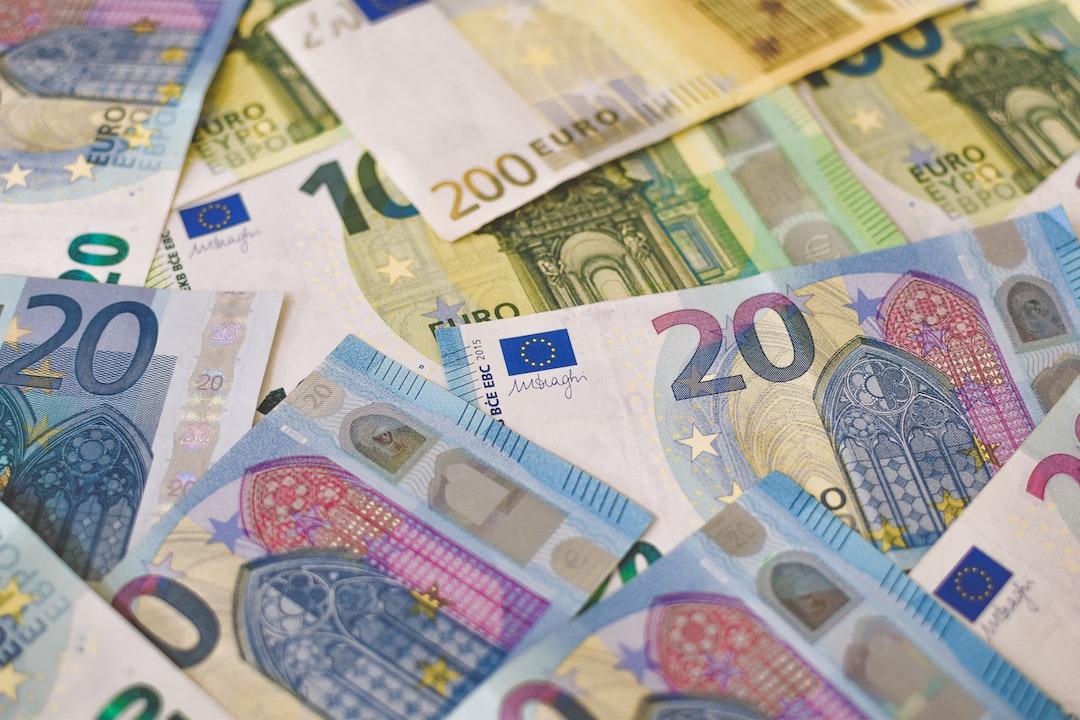CoinWorld reported:
Author: Mason Nystrom, Junior Partner at Panteral Capital; Translation: 0xjs@
In last month’s Blockchain Letter, we introduced my Solana Breakpoint debate, where I pointed out that every sufficiently large application will eventually launch its own blockchain. This month, the sufficiently large application Uniswap announced the launch of Unichain—its own Ethereum L2 network.
Uniswap was initially a simple decentralized trading protocol that allowed users to trade long-tail assets. It has now evolved into a behemoth in the cryptocurrency space, encompassing multiple applications, various protocols, and now its own chain.

The launch of Unichain has several important implications for the cryptocurrency industry, including:
– Unichain introduces a new model for token value accumulation.
– DeFi activity migrates away from the Ethereum mainnet.
– Unichain solidifies the fat application theory and the ongoing commoditization of blockchain space.
Let’s discuss further.
UNI gets a new lease of life and introduces a new token value accumulation model
Historically, the UNI token of Uniswap has served as a governance token, granting control over the Uniswap DAO and the redirection of protocol fees to the DAO treasury.
According to the whitepaper, Unichain proposes the introduction of a decentralized sequencer to manage transaction ordering on Unichain. As part of this decentralized sequencer, validators must stake UNI to order transactions and will receive partial fee rewards based on the staked token’s weighted value. This means that the UNI token will transform from a near-useless governance token to one that has more direct value accumulation, such as sequencer fees. Additionally, demand for the UNI token may increase as the number of validators is limited, and those with the highest UNI staking weight will validate the network and earn fees.
It’s worth noting that Uniswap made a trade-off with the launch of Unichain. By moving to its own L2 blockchain, Uniswap sacrifices some composability with other parts of the Ethereum DeFi ecosystem in exchange for greater control over its blockchain space and the ability to capture more economic value for the protocol (and its applications). By moving liquidity and trading to Unichain, the protocol can offer higher throughput and capture more overall economic value from its own chain through the sequencer. While protocols like Uniswap can earn fees from their applications when running on Ethereum, with Unichain, UNI token holders can capture a portion of all economic activity—lending, non-Uniswap DEX exchanges, stablecoin transfers—that happens on their chain because every transaction is ordered by Unichain validators.

This has proven lucrative for Coinbase and Base, and other general-purpose rollups like Arbitrum and Optimism, who have earned millions in sequencing fees. Now, Unichain seeks to leverage its influence as a DeFi giant to capture a broader range of transactional economic activity happening within its blockchain space.
As many other applications look to launch their own chains, Unichain presents a replicable model that reconfigures the incentive mechanisms for token holders and allows the protocol to capture more application-specific economic value.
Awkward conversations: Unichain and the Ethereum Mainnet
Unichain has significant implications for the Ethereum mainnet. Today, even with the growth of L2 solutions like Arbitrum and Base, the Ethereum mainnet still dominates a significant portion of DeFi activity and billions of assets (excluding stablecoins). There is a possibility (perhaps a strong possibility) that DeFi activity on the Ethereum mainnet may migrate to Unichain, as it provides incentives for UNI stakers, fees for LPs, and better pricing for exchange users.
Furthermore, Unichain has decided to have Unichain validators stake their UNI on the Ethereum mainnet instead of on Unichain, which may help strengthen Ethereum’s claim as a secure value store.
Ultimately, Ethereum has made directional decisions to offload activity from the mainnet, contrasting with chains like Solana that aim to maximize Layer1 scalability. However, Ethereum’s greatest value proposition lies in the strength of its underlying assets, which continue to serve as gas tokens for Layer2s like Unichain and represent one of the most liquid assets in the industry, as well as a crucial tool for collateral across DeFi protocols.
The fat application theory resurfaces: Verticalization until one’s own chain
The launch of Unichain reinforces the fat application theory, where crypto applications capture the majority of value by verticalizing other parts of the stack.
I believe this will be an ongoing trend for modern crypto applications—once they achieve a sufficient user scale or block space demand, they will verticalize. Uniswap is not the only company moving in this direction. The human identity verification network Worldcoin accounted for 50% of Optimism’s mainnet activity, prompting them to launch their own application chain. Even on high-performance chains like Solana, oracle providers like Pyth accounted for 20% of Solana’s trading volume and decided to pivot to their own SVM-L1. In other sectors of consumer cryptocurrencies, top-tier NFT projects with strong brands, such as Pudgy Penguins, have chosen to build their own chains. As CEO Luca Netz explained, controlling block space contributes to the value accumulation of the Pudgy brand.
My current view on the fat application theory is that we will see the majority of value accumulate at the application layer of the stack, where control over users and order flow puts the applications in a privileged position. These applications may combine with on-chain protocols and primitives, similar to how Uniswap’s applications leverage its on-chain DEX protocol and soon Unichain. Ultimately, these protocols can still accumulate significant value, but considering the proximity to users and the off-chain components that provide more defensible moats for applications, applications may capture more value.

Finally, I still believe that Layer1 blockchains (such as Bitcoin, Ethereum, Solana) have a path to significant value as non-sovereign reserve assets, where the underlying assets (such as ETH) derive significant value from their use as commodities (e.g., gas) and capital assets (e.g., yields), and as highly liquid collateral assets within their respective L1 DeFi ecosystems. These monetary attributes constitute the largest share of value for L1 assets.
It is possible that given enough time, applications will attempt to build their own L1s, just as they have with L2s. However, establishing a commoditized L2 block space is fundamentally different from launching an L1 and transforming tokens into commodities and collateral assets, so that discussion may be a distant future.
The key takeaway is that as more crypto applications launch their own block spaces to control liquidity, users, and order flow, the crypto world will reassess applications with the logical conclusion that fat applications are on the horizon.


